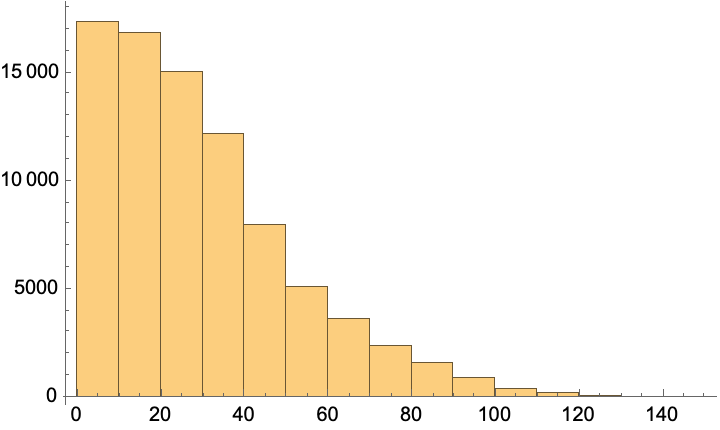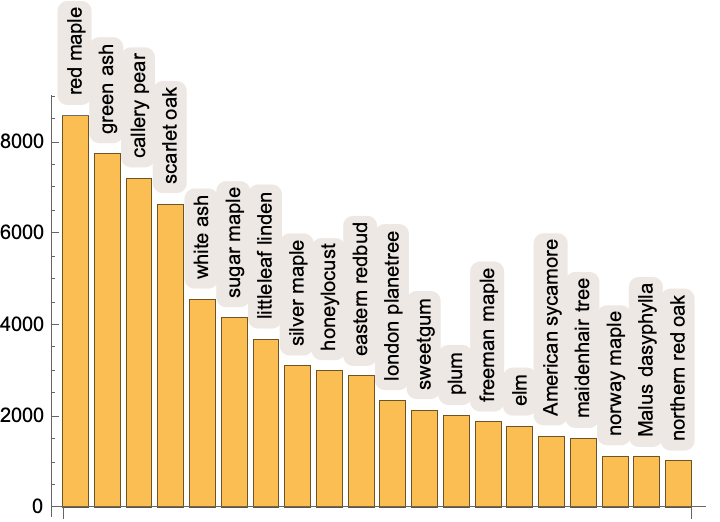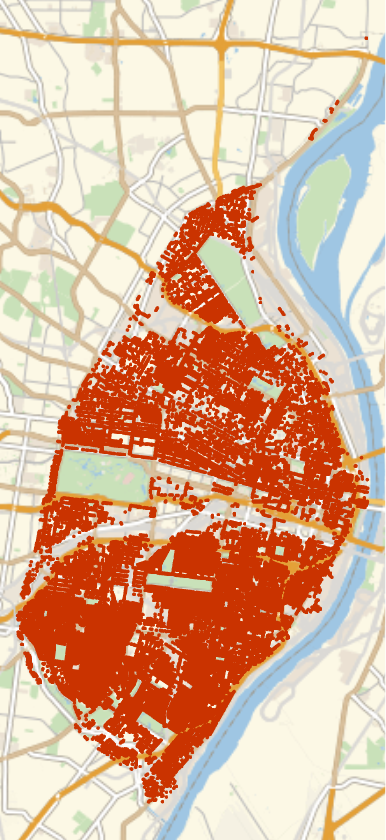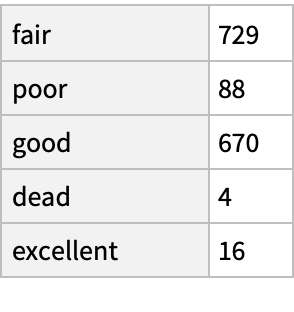Details
Abstract: Sustainable cities depend on urban forests. City trees -- a pillar of urban forests -- improve our health, clean the air, store CO2, and cool local temperatures. Comparatively less is known about urban forests as ecosystems, particularly their spatial composition, nativity statuses, biodiversity, and tree health. Here, we assembled and standardized a new dataset of N=5,660,237 trees from 63 of the largest US cities. The data comes from tree inventories conducted at the level of cities and/or neighborhoods. Each data sheet includes detailed information on tree location, species, nativity status (whether a tree species is naturally occurring or introduced), health, size, whether it is in a park or urban area, and more (comprising 28 standardized columns per datasheet). This dataset could be analyzed in combination with citizen-science datasets on bird, insect, or plant biodiversity; social and demographic data; or data on the physical environment. Urban forests offer a rare opportunity to intentionally design biodiverse, heterogenous, rich ecosystems.





![box = Rectangle @@ GeoBoundingBox[
Entity["City", {"SaintLouis", "Missouri", "UnitedStates"}][
"Polygon"]][[All, 1]];
AbsoluteTiming[
citylocations = Select[locations, RegionMember[box, First@#] &];]](https://www.wolframcloud.com/obj/resourcesystem/images/808/8089aa4e-12e4-4b52-8ede-59cc605a281f/3a1bfbfed4516dab.png)

![stlginkos = Select[stltrees, #["TreeEntity"] === Entity["Plant", "Species:GinkgoBiloba"] &];
Length[stlginkos]](https://www.wolframcloud.com/obj/resourcesystem/images/808/8089aa4e-12e4-4b52-8ede-59cc605a281f/451d9b9ff46c4155.png)
